Understanding the Cost of Birch Tree Prunings
This page provides an overview of the factors influencing the cost of birch tree prunings, including material volume, disposal methods, and service complexity. Understanding these elements helps in estimating expenses associated with pruning and removal services.

Larger quantities of prunings typically increase costs due to the volume handled during collection and disposal.
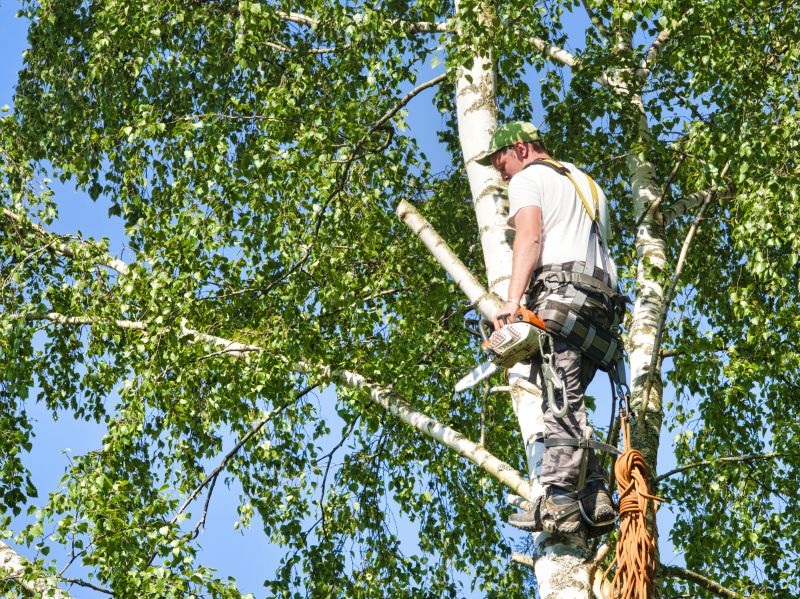
Prunings in hard-to-reach or confined areas may incur higher costs for equipment and labor.
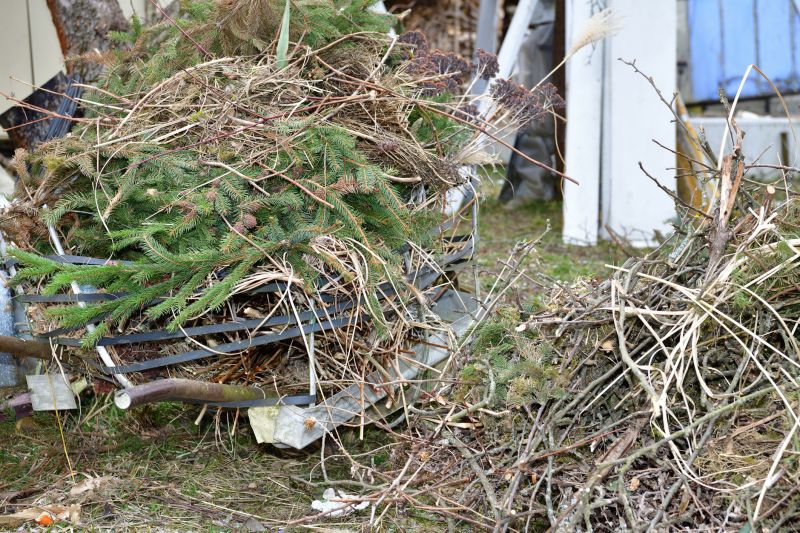
Options like mulching, composting, or hauling away influence the overall expenses.
| Factor | Impact on Cost |
|---|---|
| Quantity of prunings | Higher volume increases cost due to more labor and disposal needs. |
| Tree height | Taller trees require more effort and specialized equipment, raising costs. |
| Access difficulty | Limited access raises labor time and equipment usage, increasing expenses. |
| Disposal method | Different disposal options have varying costs, from composting to hauling. |
| Service frequency | More frequent pruning can affect overall pricing based on schedule. |
| Seasonal timing | Certain seasons may incur higher costs due to demand or weather conditions. |
| Property size | Larger properties may require more extensive work, influencing costs. |
| Permitting requirements | Regulatory permits can add to the overall expense. |
The cost of birch tree prunings varies significantly based on the volume of material, accessibility of the site, and chosen disposal method. Larger quantities and difficult-to-reach locations tend to increase expenses, especially when specialized equipment or additional labor is necessary. Service providers may also adjust pricing depending on seasonal demand and property size, making it essential to evaluate specific site conditions for accurate estimates.
Additional factors influencing costs include the complexity of pruning, the height of the trees, and any regulatory requirements for permits. Proper assessment of these elements ensures a comprehensive understanding of potential expenses and helps in planning effective pruning and disposal strategies.
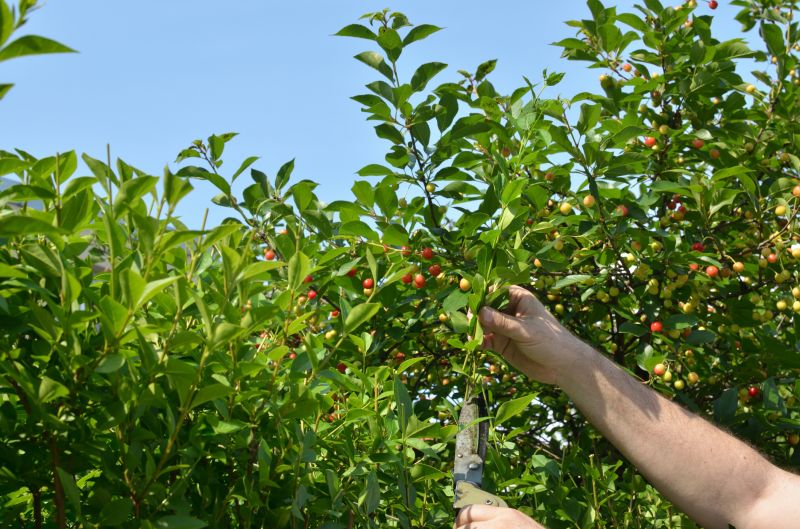
Specialized tools and machinery used for pruning can affect service costs based on their complexity and maintenance needs.
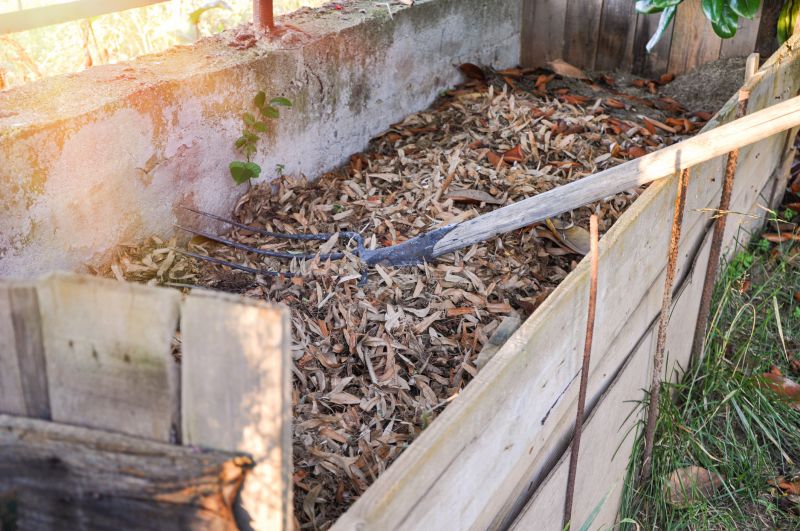
On-site disposal options like mulching or composting can reduce costs compared to hauling away prunings.
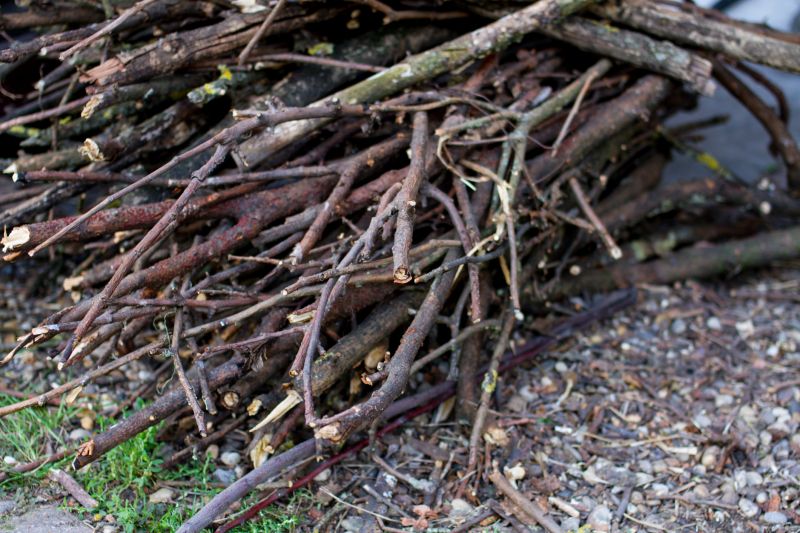
The distance to disposal sites impacts transportation costs, influencing overall pricing.
| Service Type | Average Cost |
|---|---|
| Basic pruning | $150 - $300 |
| Heavy pruning | $300 - $600 |
| Tree removal with pruning | $500 - $1500 |
| Stump grinding | $200 - $400 |
| Debris hauling | $100 - $250 |
| Mulching services | $50 - $150 |
| On-site composting | $100 - $300 |
| Tree health assessment | $100 - $250 |
| Emergency pruning | $200 - $700 |
| Seasonal pruning package | $400 - $1000 |
